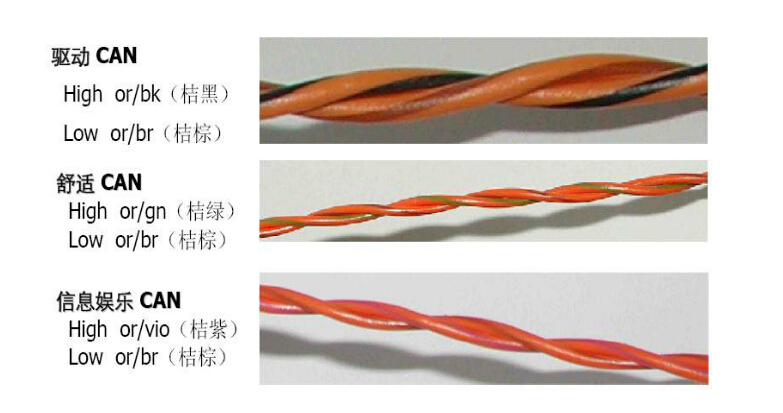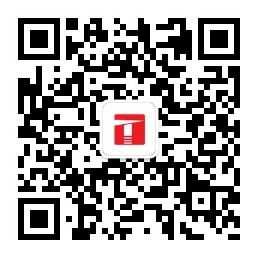The function and characteristics of CANBUS bus twisted pair
The function and characteristics of CANBUS bus twisted pair
CANBUS adopts the structure of twisted pair self-checking, which can not only apply electromagnetic interference to the transmission of information, but also prevent external interference. The CAN system uses two high and low data lines, and the controller inputs the signal to colleagues. Two communication lines are sent, and the high and low levels are mirror images of each other. And each controller adds a terminating resistor, which has reduced the overshoot effect during data transmission.
In principle, one wire of the CAN bus is enough for the function of the group, but the bus system is also equipped with a second wire, and the signals are transmitted in reverse order, which can effectively suppress external interference.
All control units of each CAN system are connected in parallel on the CAN data bus. The two wires of the CAN data bus are called CAN-HIGH and CAN-LOW lines respectively. The two twisted wires are twisted pairs. The data exchange between the control units is done through these two wires. It may be engine speed, tank level and speed.
Driving CAN high-speed CAN part generally adopts orange/black, low speed adopts orange/brown; comfort CAN high-speed CAN generally adopts orange/green, low-speed adopts orange/brown; infotainment CAN high-speed CAN generally adopts orange/purple, low speed is still orange-brown colour.

